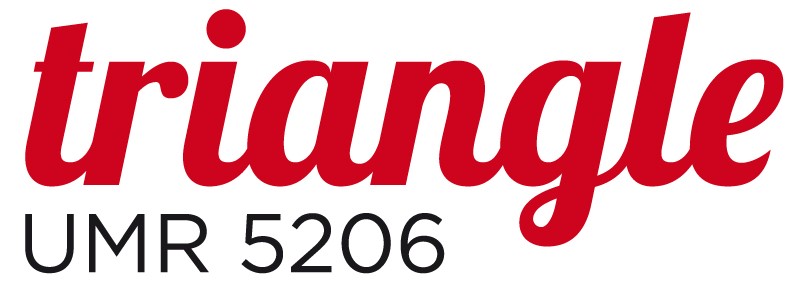
Module 4 (Edition numérique) - Atelier 1 - Edition de corpus numérique, les fondamentaux. Comprendre le HTML et l’encodage de texte dans différents formats XML
 18 mars 2016 : 00h00 - 21 mars 2016 : 15h33
18 mars 2016 : 00h00 - 21 mars 2016 : 15h33
 de 9h à 12h, en R253 à l’ENS de Lyon (site Descartes)
de 9h à 12h, en R253 à l’ENS de Lyon (site Descartes)
Présentation de la séance
Inscription obligatoire : http://goo.gl/forms/gQiZwCfEtR
Atelier animé par Samantha Saïdi
3h - 10 places
Plan de la séance
Tour de table
Intro
cf. Diapos
Partie I : Document structuré, structuration de l’information et document numérique
- Le document source et ses zones signifiantes
- Observation : analyse de 3 documents
Brouillon manuscrit de M. Foucault
Lettre manuscrite du XVIII d’A. Morand
Edition papier 1ère page de l’Echo de la Fabrique
- Observation : analyse de 3 documents
- La fouille de texte et le document structuré
- Index Thomisticus
- Concepts : balises, encodage
- Premiers langages d’encodage, des exemples : COCOA, GML, SGML
- Structuration de l’information
- L’Encyclopédie Diderot et d’Alembert
- MEMEX
- MARC et notices bibliographiques
- La représentation sur la toile du document structuré
- Concept : Hypertext
- Internet (mise en réseau des ordinateurs, et des réseaux)
- Naissance du World Wide Web : document structuré + Internet
- HTML (+ lien hypertexte)
- D’HTML 1 à HTML 5
- exercice
- L’essor des standards de métadonnées
- XML
- Formats d’encodage exprimés en XML (EAD, METS, MARC, etc.)
- TEI : Text Encoding Initiative
- XML vs Bases de données relationnelles
- La transcription et l’édition savante
- XML et la Text Encoding Initiative
Partie II : Exemple d’une chaîne des opérations d’une édition numériques simple. Le Roman des Morand
Biblio
Quelques références bibliographiques (plus historiques que techniques) pour solidifier les bases :
- Avram, Henriette. "MARC. Its History and Implications", In Library of Congress Reports, 1975. [ En ligne ]
- Berners-Lee, Tim. Fischetti, Mark. Dertouzos, Michael L. Weaving the Web. The Original Design and Ultimate Destiny of the World Wide Web by its Inventor. 2000
- Burnard, Lou. "Report of Workshop on Text Encoding Guidelines". In Linguisitic and Litterary computing. col 3, n°2, 1988. [ En ligne ]
- Burnard, Lou. "The Evolution of the Text Encoding Initiative From Research Project to Research Infrastructure". In Journal of the Text Encoding. [ En ligne ]
- Busa, R. The Annals of Humanities Computing : The Index Thomisticus. In Computers and the humanities n°14, 1980. [ En ligne ]
- Bush, Vannear. "As we may think". In The Atlantic Monthly, July 1945. [ Republished in The Atlantic online ]
- Goldfarb, Charles F. "A Generalized Approach to Document Markup". In Proceedings of the ACM SIGPLAN SIGOA Symposium on Text Manipulation, 1981.
- Goldfarb, Charles F. "The Roots of SGML : a personal recollection, In Technical Communication, feb. 1999.
- Hockey, Susan. "The history of Humanities Computing". In Susan Schreibman, Ray Siemens & John Unsworth A Companion to Digital Humanities, 2004. [ En ligne ]
- Maler, Ever. El Andaloussi, Jeanne. Developping SGML DTDs : From Text to Model to Markup. 1995.
- Pierrazzo, Elena. Digital Scholarly Editing. Theories, Models and Methods, Ashgate, 2015 [ En ligne ]
- Schreibman, Susan. Siemens, Ray. Unsworth, John. A New Companion to Digital Humanities. 2016.
- TEI Consortium. TEI P5 ; Guidelines for Electronic Text Encoding and Interchange, 15th October 2015. [ En ligne]
